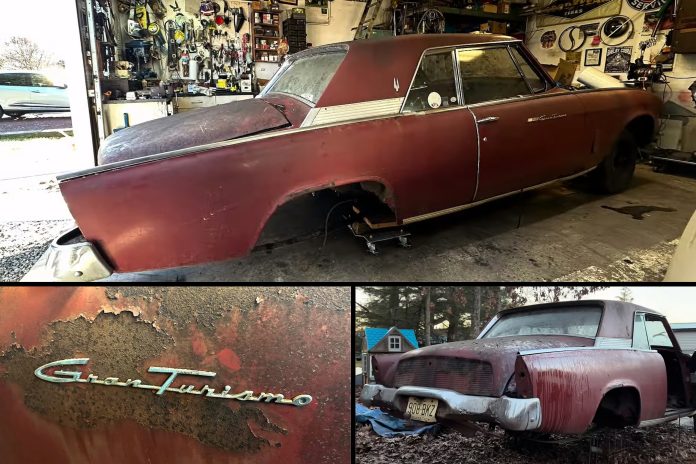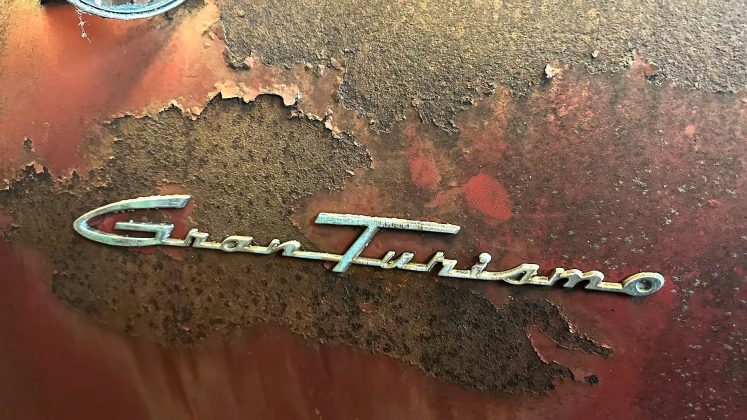A GT Hawk Tale
Studebaker, a prosperous automaker in the 1920s and 1930s, faced financial challenges after World War II. The Ford-GM price war in the early 1950s dealt a blow to many independent automakers, including Studebaker. In 1954, seeking stability, the brand merged with Packard.

The Hawk Series Emerges
Despite the merger, the Studebaker-Packard Corporation faced near bankruptcy by 1956. To stay afloat, Studebaker entered the grand tourer market with the Hawk series, introducing four models in 1956—Flight Hawk, Power Hawk, Sky Hawk, and Golden Hawk, the latter featuring a powerful 275-horsepower V8.

By 1957, only the Golden Hawk and Silver Hawk remained in production. However, the Golden Hawk was discontinued in 1958, and the Silver Hawk followed suit a year later. The 1960s brought a single Hawk model, later replaced by the Gran Turismo Hawk in 1962. The GT Hawk, blending European and American styling, featured a V8 engine but struggled to compete with Ford and GM, selling only 13,881 units in the US until its discontinuation in 1964.

Fast forward to 2023, the GT Hawk, overshadowed by its predecessors, is rarely remembered or showcased at classic car shows. This once-stylish grand tourer often languishes in barns and junkyards. The 1963 version highlighted here, last inspected in 1978, stands as a testament to neglect, having spent 46 years off the road by 2024.
FAQs: Unraveling the Mystery of the GT Hawk’s Fate
**Q1: Why is the GT Hawk overlooked?**
A: Despite its style and power, the GT Hawk failed to capture attention compared to Ford or GM competitors, leading to poor sales.
**Q2: What happened to the original engine?**
A: Unfortunately, the GT Hawk lost its original supercharged V8 engine (R2) in 2023, a common fate for less desirable classic cars like this one.
**Q3: Can it be restored?**
A: Restoration seems unlikely; the GT Hawk may face dismantling, with its components living on in other vehicles, unless a miracle intervenes.




















